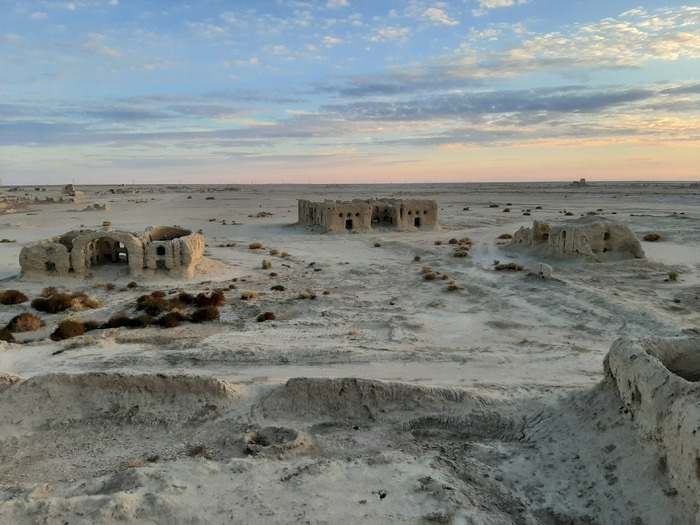SHAHR-I SOKHTA - To separate them are over 6 thousand kilometers, plus a handful of millennia.
Yet, down there, between the sands of the Lut desert and the heights of Baluchistan, in Iran, the impression is to be in front of another Pompeii.
The "Pompeii of the East", as archaeologists call it, because as in the Roman city, here too everything has remained motionless, "immortalized" in a snapshot of time.
"Preserved not by lava, as happened with the eruption of Vesuvius. But by the sand of the salty desert of Lut, one of the most inhospitable on earth".
Enrico Ascalone, scientific director of the international multidisciplinary archaeological project in Shahr-i Sokhta, started in 2016 by the Department of Cultural Heritage of the University of Salento, which finances it with the Ministry of Foreign Affairs and private entities, tells it to ANSA. works side by side with colleagues from the archaeological expedition led by Mansur Sajjadi for the Iranian Center for Archaeological Research.
The joint mission has brought new discoveries, collected in the volume Excavations and researches at Shahr-i Sokhta, which will be presented tomorrow at the University of Salento.
Born around the second half of the fourth millennium in the Sistan area, not far from the borders with Pakistan and Afghanistan, collapsed around 2,300 due to unknown causes and on the UNESCO list for its "universal value", Shahr-i Sokhta was a thriving center of trade and agriculture, cradle of a melting pot between the four great river civilizations: Oxus, Indo, Tigris-Euphrates and Halil.
The first of the new discoveries concerns the dating of the center, which the coal tests anticipate by 300 years.
The second, hundreds of what experts call "pro-totavolette".
"We are in the Iranian Bronze Age - says Ascalone - and they demonstrate the beginning of an urbanization process, which has not yet taken place".

